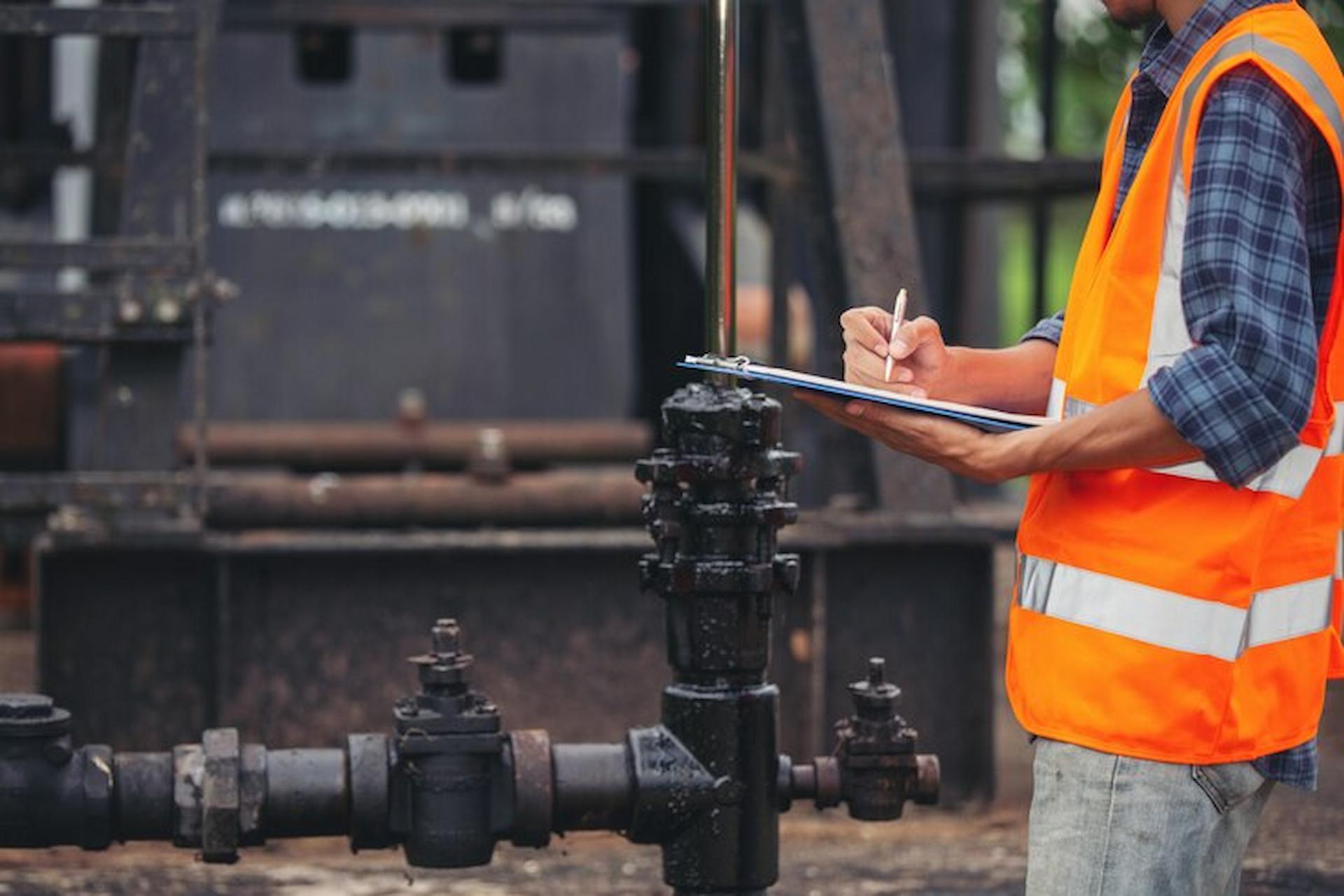Water is an invaluable resource essential for life, industry, and agriculture. However, the infrastructure that delivers this vital resource is often vulnerable to leaks and damages. Water mains leak detection is a critical process that helps identify leaks in the water distribution system. Early detection of leaks can save millions of gallons of water, prevent significant property damage, and save considerable money. This blog post delves into the importance of water mains leak detection, methods, and the benefits of proactive leak management.
The Importance of Water Mains Leak Detection
Water mains leak detection is essential for several reasons, including conserving water, reducing costs, protecting infrastructure, and minimising environmental impact. The process involves using various technologies and methods to identify and locate leaks in water mains, enabling timely repairs and maintenance.
Conserving Water Resources
Water is a finite resource, and its conservation is critical for sustainable development. Leaks in water mains can lead to significant water loss, which is detrimental in regions facing water scarcity. By detecting and repairing leaks promptly, water utilities can conserve precious water resources and ensure a reliable supply for all users.
- Water Loss Statistics
According to the Environmental Protection Agency (EPA), the average household’s leaks can result in an annual waste of nearly 10,000 gallons of water. When scaled up to city or national levels, the numbers become staggering. Detecting leaks in water mains, the primary conduits for water distribution can substantially reduce this wastage.
- Methods of Detection
Several methods are available for detecting water leaks, including acoustic leak detection, pressure monitoring, and advanced technologies like ground-penetrating radar and infrared thermography. Each method has advantages and is chosen based on the specific needs of the water utility.
Protecting Infrastructure
Water mains are a critical component of urban infrastructure. Undetected leaks can weaken the structural integrity of water pipes, leading to bursts and significant failures. Proactive leak detection helps in maintaining the health of the water distribution system, ensuring its longevity and reliability.
- Infrastructure Health Monitoring
Regular monitoring and maintenance of water mains can prevent catastrophic failures. Modern leak detection systems provide real-time data, allowing utilities to address issues before they escalate into major problems.
- Preventive Maintenance
Preventive maintenance is more cost-effective than emergency repairs. By detecting leaks early, water utilities can perform necessary repairs during planned maintenance windows, reducing the risk of unexpected disruptions.
Minimising Environmental Impact
Leaking water mains can have a detrimental effect on the environment. Water that leaks from pipes can erode soil, cause sinkholes, and pollute groundwater. Detecting and repairing leaks is essential for protecting natural ecosystems and reducing the environmental footprint of water distribution systems.
- Soil Erosion and Sinkholes
Water escaping from damaged pipes can erode the surrounding soil, potentially leading to sinkholes and other ground instability. These occurrences can damage roads, buildings, and other infrastructure, posing safety risks to the community.
- Groundwater Contamination
Leaks can also allow contaminants to enter the water supply, posing a risk to public health. By ensuring that water mains are intact and functioning correctly, utilities can protect groundwater sources and maintain the purity of the water supply.
Reducing Financial Costs
Leaks in water mains can result in significant financial losses for water utilities and consumers. The costs associated with untreated leaks include the value of the lost water, increased energy costs for pumping and treating water, and the expenses related to repairing the infrastructure.
- Direct and Indirect Costs
The direct costs of water leaks include the lost revenue from unmetered water and the increased operational costs. Indirect costs can be even more substantial, involving property damage, road repairs, and increased insurance premiums due to water damage.
- Cost-Benefit Analysis
Investing in water mains leak detection and repair systems may require upfront costs, but the long-term savings far outweigh these initial expenditures. For example, advanced leak detection technologies can pinpoint the exact location of leaks, reducing the time and labour required for repairs and minimising disruption to the community.
Enhancing Public Health and Safety
Undetected leaks can lead to serious public health and safety issues. Contaminated water can cause illnesses, and infrastructure failures can result in accidents and injuries. Effective leak detection is essential for safeguarding the well-being of communities.
- Health Risks
Leaking pipes can contaminate drinking water with harmful substances such as bacteria, chemicals, and heavy metals. Consuming contaminated water can cause various health issues, from gastrointestinal illnesses to long-term diseases.
- Safety Hazards
Water leaks can create hazardous conditions, such as slippery surfaces and weakened structures. Promptly addressing leaks mitigates the risk of catastrophes and guarantees the safety of public areas.
Conclusion
Water mains leak detection is vital for conserving water resources, reducing financial costs, protecting infrastructure, minimising environmental impact, and enhancing public health and safety. With the advancement of technology, detecting and repairing leaks has become more efficient and effective, allowing water utilities to manage their systems proactively. By investing in comprehensive leak detection programs, communities can ensure a sustainable and reliable water supply for future generations.

